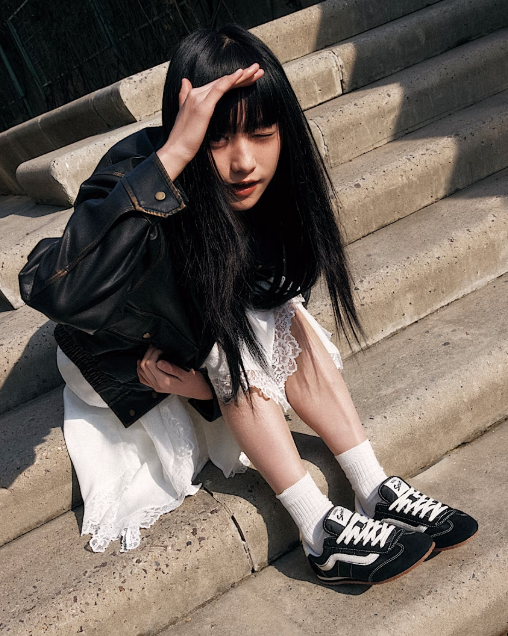
Vans just notched
another quarter of steep declines, with sales plunging 22%. However, the parent company VF Corp. insists that observers look past the quarterly numbers to the bigger story: a deliberate, if painful,
brand reset to recapture long-term heat.
“We’re making progress every week,” said CEO Bracken Darrell on VF’s Q4 earnings call. “You don’t see the results
just yet numerically, but you will. And when you do, they’ll be high quality.”
He concedes the numbers are rough, especially after an 8% decline in
the previous quarter. But Darrell insists that much of the downturn is intentional, part of a broader “Reinvent” strategy that includes closing unproductive stores, clearing distressed
inventory, and pulling back from margin-eroding channels. VF estimates that 60% of Vans’ decline came from these self-imposed corrections.
advertisement
advertisement
To marketers, the more interesting part is what
VF is doing next. Brand president Sun Choe, hired away from Lululemon last spring, has been at the helm for less than a year, guiding Vans to lean harder into its heritage while modernizing for
today’s consumer. That means footwear-first, more product drops, and stronger storytelling aimed squarely at youth and women.
Already, the brand is
seeing promising signs: Super Lowpro, a new women’s silhouette, sold out in key colorways. Sell-through in key wholesale accounts climbed into the double digits. And VF is reworking marketing to
focus less on broad awareness and more on driving traffic and heat.
“We’ve done it before—look at Timberland,” Darrell said,
referencing another VF brand that has pulled out of a slump. Timberland posted a 13% sales gain in the quarter, thanks to tighter assortments, fewer discounts, and a clear cultural playbook anchored
in product icons like the 6-inch Premium boot.
VF hopes to replicate that playbook across the company portfolio. The North Face, also in growth mode, rose 4%
behind strong D2C performance and steady demand for outerwear and all-season footwear.

However, Vans remains the
highest-stakes challenge—and arguably the company’s most culturally resonant brands. The skate brand is also central to VF’s credibility with younger consumers, something Darrell
acknowledged is still a work in progress. “We’re not getting enough traffic into our stores and websites,” he said. “That’s fundamental brand heat.”
Still, analysts see signs of smart brand management. “Much of the Vans decline was due to strategic clean-up,” wrote David Swartz, equity analyst at
Morningstar, in his note on the results. “With new merchandise on the way, we think VF is making the necessary moves to restore Vans’ brand health—a key factor in the company’s
valuation.”
Looking ahead, VF is investing in faster product cycles, more curated D2C experiences, and digital-first storytelling. The company is also
betting that cleaner distribution will create more premium shelf space for future drops, especially important as the brand eyes back-to-school and holiday surges.
Underpinning all this is VF’s push to reestablish Vans—once a beloved brand of teens worldwide—as both an icon and a magnet for culture. That means sharper
merchandising, a more emotionally resonant identity, and a refreshed creative approach.
“Growth will come,” Darrell said. “We’re
making the right decisions to build a durable, growing brand.”
The road ahead isn’t easy. But if VF can reignite the spark that once made Vans one
of the coolest brands on the planet, this could be a turnaround worth watching, especially for other marketers chasing the elusive mix of edge, authenticity, and scale.